Everything You Need to Know About Tudor Architecture

Tudor architecture is an architectural style that emerged betwixt the 15th and 16th centuries when the Tudor family unit came into power in Britain. Information technology is a transitional architectural mode with an amalgamation of characteristics of Renaissance and Gothic architectural styles. The most prominent feature of a Tudor style building is the exposed wooden beams and the monochromatic exterior owing to its name as Perpendicular gothic. This fairy tale cottage architectural fashion became so popular that in the 20th century there was a Tudor Revival and a lot of mock Tudor mansions emerged in the United kingdom and US.

1. One-half-Timbered Exteriors
The well-nigh notable characteristic of a Tudor house is the exposed timber beams. They are commonly dark in color with whitewashed bricks between them. These beams are a crucial structural element of the Tudor firm where they grade the load-bearing framing. The newly introduced first flooring was supported through these timber beams and columns.


two. Steep gable roof
The triangular steep gable roof is a prominent feature of the Tudor style. The house will ordinarily have gables on gables to provide a captivating exterior past creating a pause in the shingles. The gable roof helps provide high ceilings on the upper flooring of the business firm. The gable compliments the fairy tale cottage-style house ambiance and ties in all the exterior elements. The chief materials used were slate, clay, thatch, or tiles.

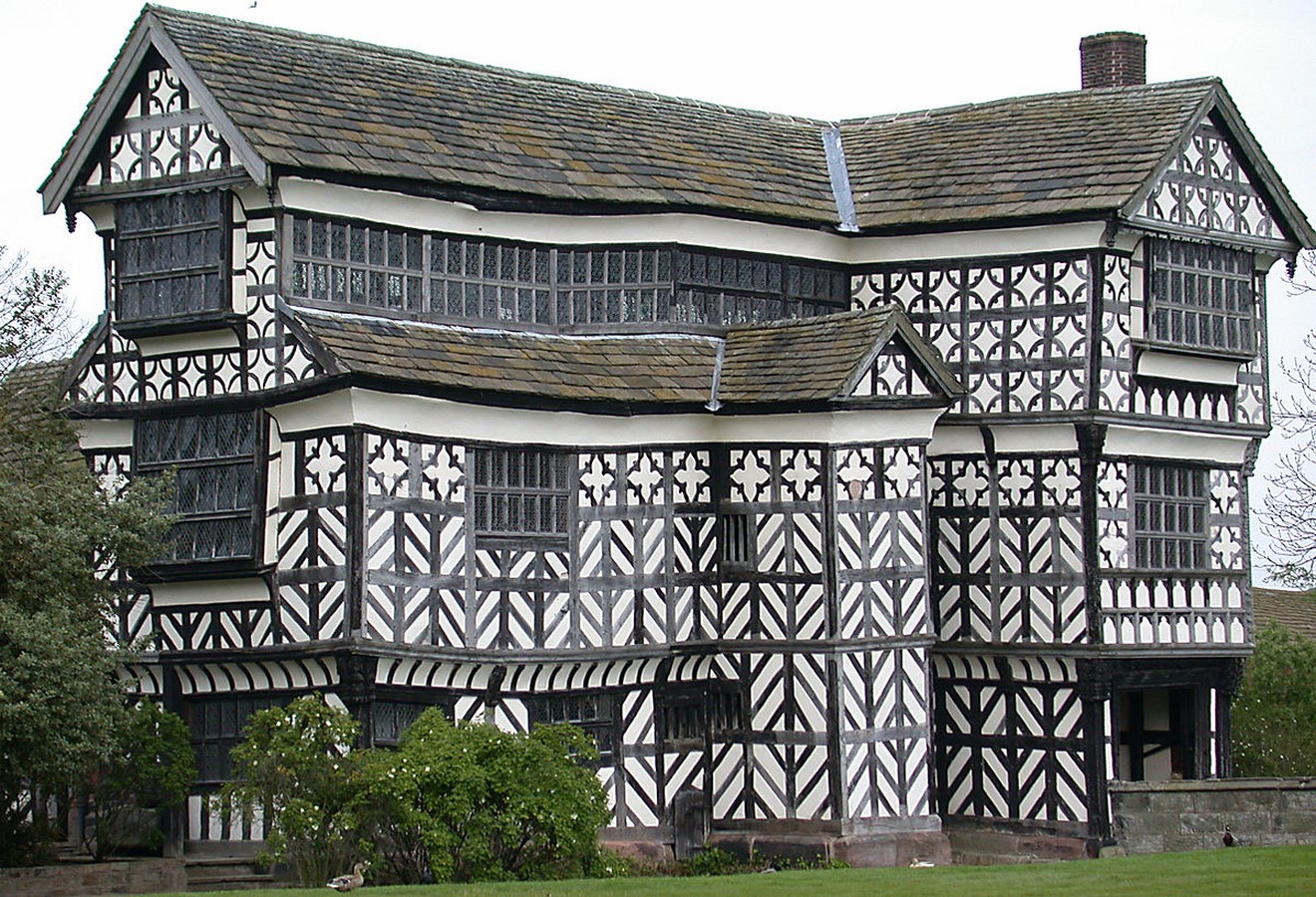
3. Extensive Brickwork
Brick was not a commonplace item in the 15th century simply a luxury production that was used by the rich in their homes. The homes are classified past the use of materials in their construction. The employ of all-encompassing brickwork as a filling between wooden beams that were plastered and and then painted was an identity of a rich Tudor abode, while the eye class and poor houses used merely plaster equally a filling.
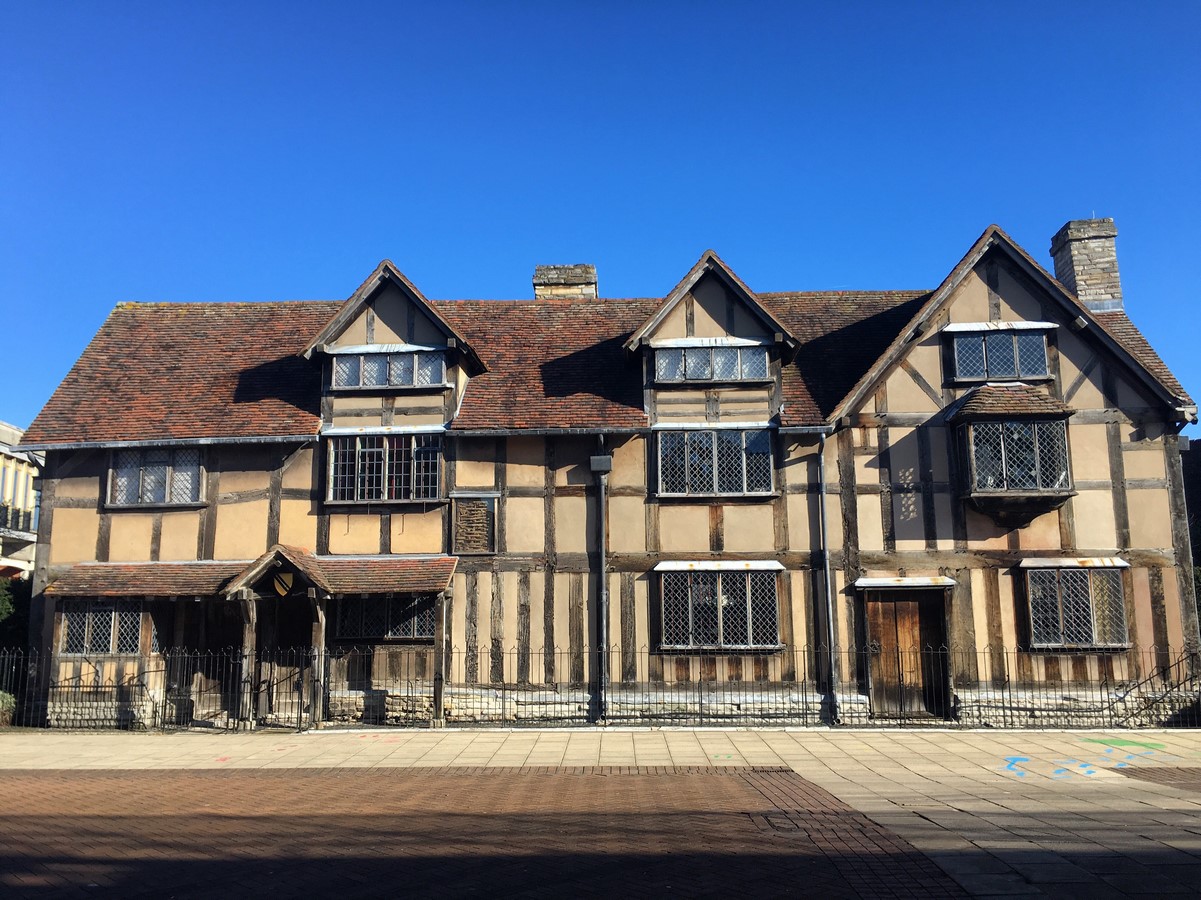
4. Landscaping
Landscaping and its design are always a crucial characteristic of a wealthy manor or house. The Tudor fashion too incorporates geometrical landscaping as a feature in the big manors. The use of flawlessly cured and symmetrical gardens became some other way of depicting the owner'south wealth to guild.
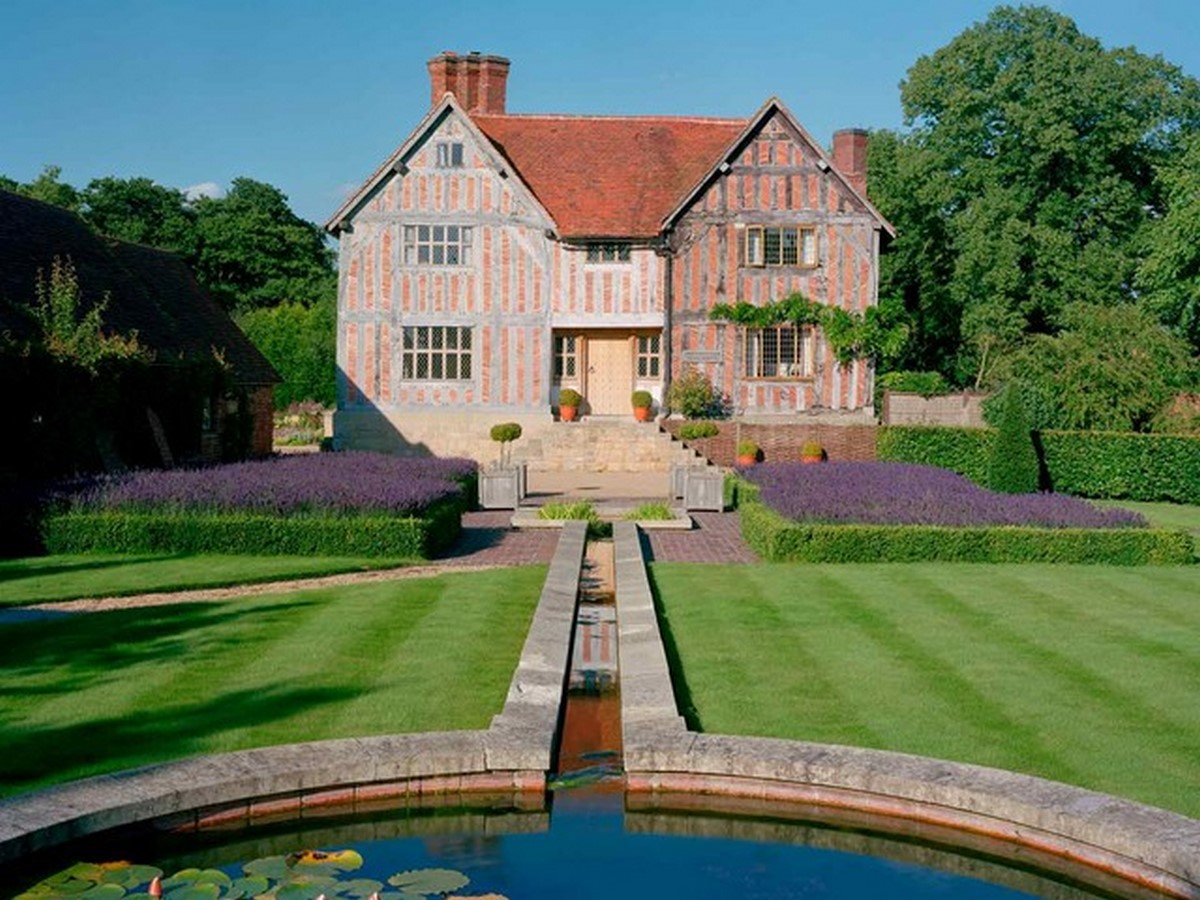
five. Large Brick Chimneys and fireplaces
In this era, the fireplace was the master source of heating also as cooking in the kitchen. And so, the location and size of a fireplace is an important pattern element of the Tudor home. The most pregnant placement of the fireplace is the great hall and the kitchen. The number of fireplaces depended on the wealth of the family; it could just be a pocket-sized pigsty in the wall of a poorer family unit on the other manus there could be three extensive fireplaces in all the principal rooms. They were fabricated out of bricks and had ornate features around it.

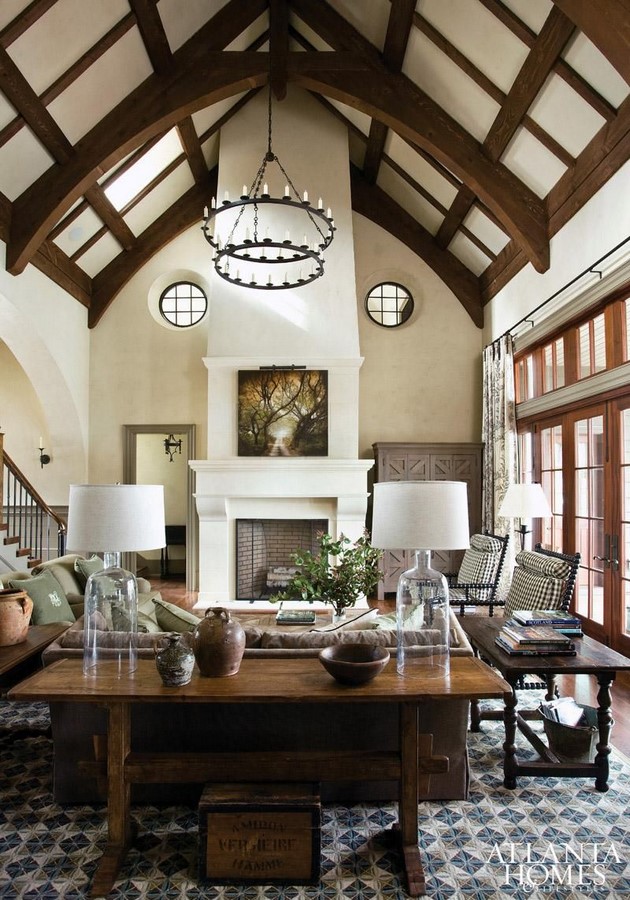
six. Casement Windows and importance of glass
Tudor homes were the outset to run across glass windows as a frequent feature and non a luxury due to the availability of glass. The windows have wooden frames and are usually long and narrow. The windows were bundled together to increment the arrival of natural low-cal. Tudor windows were casement windows that were designed to open outwards to provide appropriate ventilation. The windows had a diamond latticed glass with lead casings.
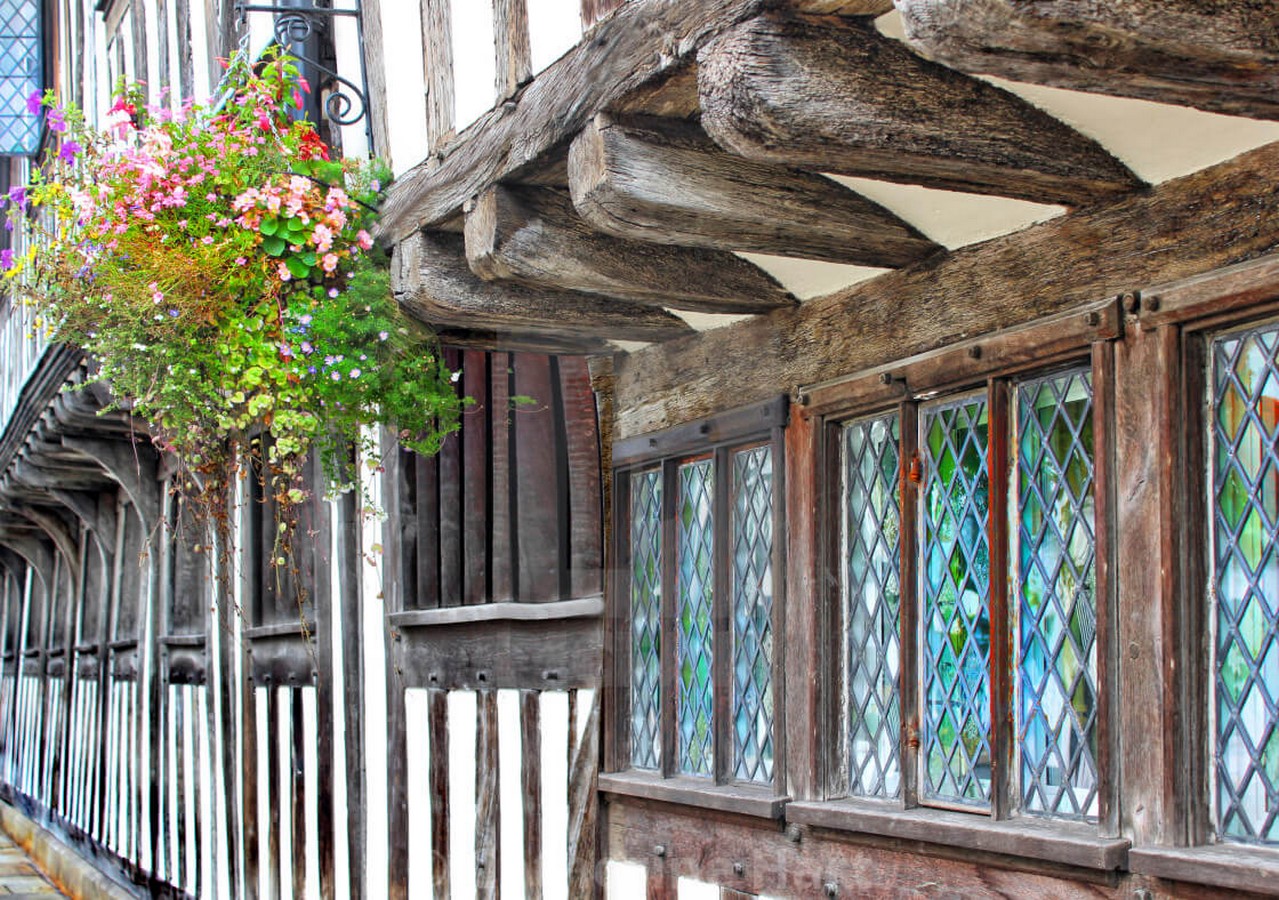
7. Emergence of the upper floor
The Tudor homes had an upper floor that provided more surface area and addition of various rooms. The advancement in the structural arrangement provided them with a lot of options while planning as you could fifty-fifty add fireplaces on the upper floor and create more private rooms for the family. The ground flooring had common areas like kitchen, dining, and great hall while the upper floor had a individual bedroom and washrooms. But at that place was no sanitary system in place and, the waste was only thrown out of the windows.
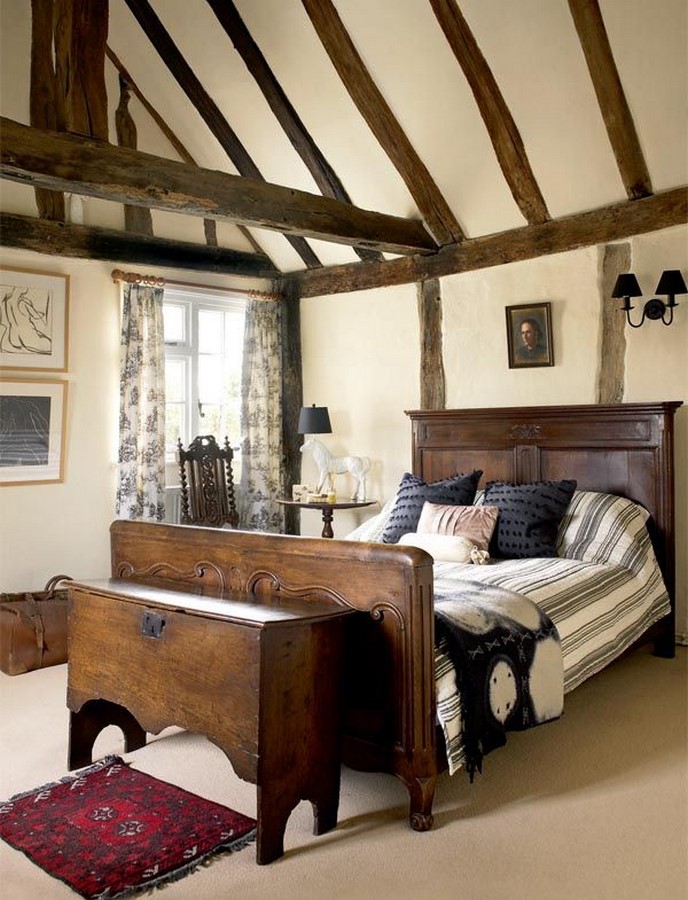
8. Elegant Tapestries
The walls of the homes were covered in elaborate tapestries equally form insulation and decoration. The material, size, and quality of tapestry were also among one the pattern elements for the owners to showcase their wealth in lodge. The quality and price of the tapestry depended on three things; the materials it is woven from, the skill of the weaver, and the finesse of the weave. The tapestry with silk and metallic threads were the most expensive.

9. Contrast of materials from wealthy to commoners
The textile contrast has been visible in the Tudor homes quite visually due to the limited availability of certain materials. The extensive use of materials similar forest and glass to showcase wealth. The number of fireplaces in the house from a small hole to fireplaces on the upper floors for individual bedrooms. The ornate glass in the windows and perfectly manicured gardens were all symbols of wealth. The materials of the roof varied from thatch existence used in poorer homes to tile and slate in wealthy homes. The materials practice everything to highlight the social and economic status of the family unit.
10. Old vs New
The Tudor style was revived in the 20th century in the UK and United states of america predominantly due to its fairy tale cottage-style architecture. The half-timbered axle await was carried to the revival homes merely as a decorative purpose rather than a structural element. The fireplaces were also made every bit a decorative element rather than being used for heating. The differences can be spotted between the original Tudor and mock Tudor by observing the pitch of the roof and how straight lines along the beams as the original Tudor would inappreciably have whatever directly lines.
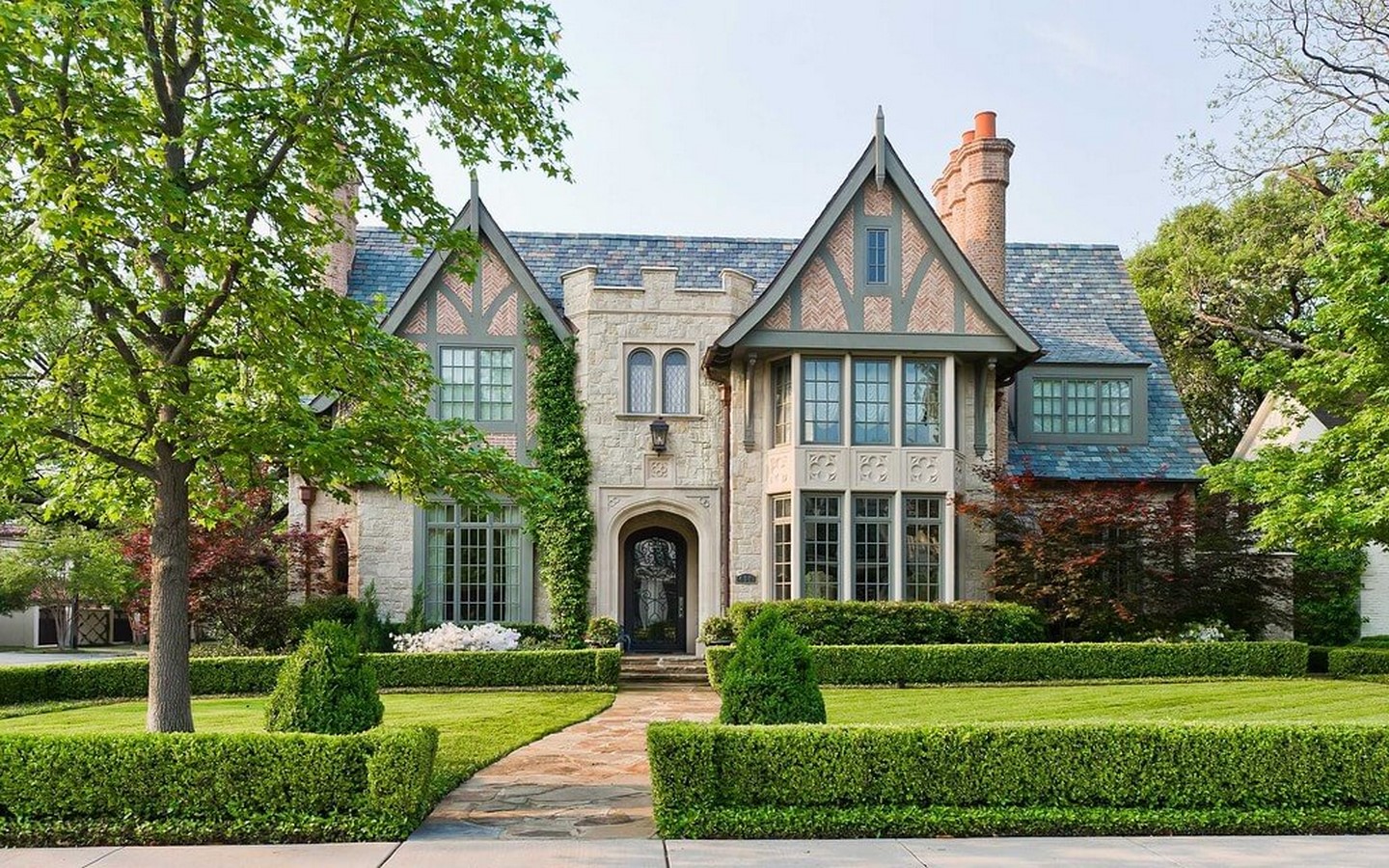


![]()
Taapsi Nayyar, a contempo post graduate in Interior Architecture and Spatial Blueprint from Edinburgh College of Art, U.k.. She is an gorging reader and painter with a passion for fine art, culture and architecture. Furthermore, she is working on exploring the relationship betweeninterior pattern theories and their impact on the psychological behavior of users.

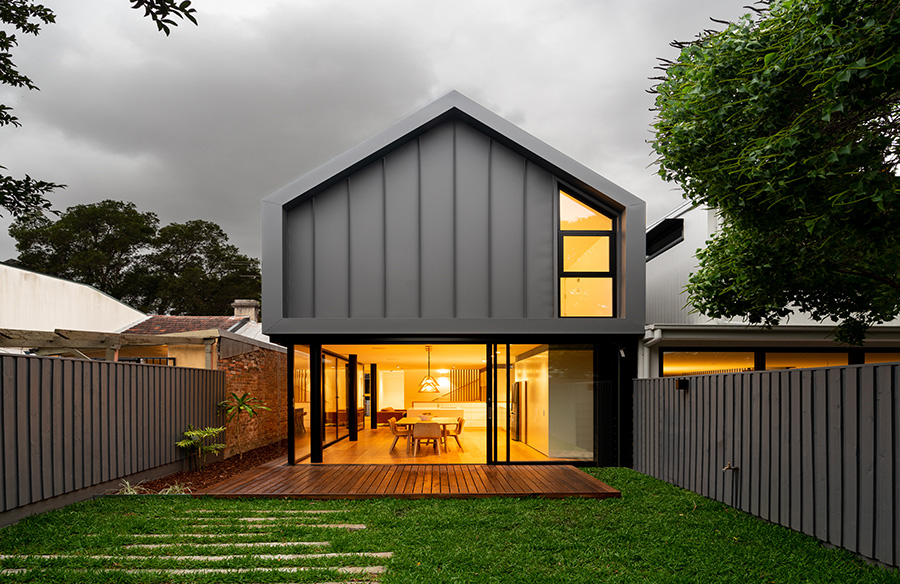
Source: https://www.re-thinkingthefuture.com/architectural-facts/a3653-10-things-you-did-not-know-about-tudor-architecture/
0 Response to "Everything You Need to Know About Tudor Architecture"
Post a Comment